Studies show that the stress level among leaders is increasing all the time, because the pace of change is accelerating. Leaders have to provide a lot of energy to respond to this, but that is expected to be done in a calm and determined way. This can be perceived as a paradox: How to stay perfectly calm in a storm? In this article we will use examples from the philosopher Heraclites to illustrate how to combine high energy and great serenity in order to mater stress.
Studies show that the stress level among leaders is increasing all the time. This is not surprising, because the pace of change is accelerating: Our environment is more and more dynamic and companies need to respond to that faster and faster. Driving this constant change requires a high level of energy from the leaders.

But the key point is that energy is expected to be a calm energy. A great leader has this serenity that allows setting direction in a calm and determined way. This double injunction can sometimes look like a paradoxical constraint: How can you stay perfectly calm in a storm?

That requires certainly a high level of stress mastery, which is characteristic for great leaders. They have the ability to stay cold headed and to lead with precision and determination, even in situations when the environment is chaotic and when they need to provide all their energy.

This article will help to understand how to combine high energy and a great level of serenity. To do so we will use a couple of examples from Heraclites. He is a pre-Socratic philosopher who uses often analogies with the water. Heraclites is for example well known for his sentence that you cannot walk twice in to the same river, because of course the water is flowing.
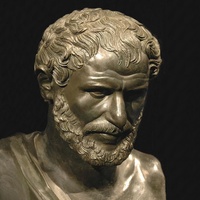
First of all, I would like to illustrate the paradox between energy and serenity, using the example of a lake. In case of a storm where the wind is hitting the water, the energy level in a lake is increasing. But instead of staying calm and flat, the surface will change and we will see high waves. In this example, combining high energy and serenity looks like a contradiction.
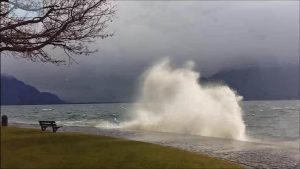
Heraclites has an interesting water example that helps to envisage how energy and serenity can be combined. Think of a river bed. The river bed is exercising significant pressure on the water in order to give a direction to the water. The river bed is putting the water under tension but stays perfectly calm.
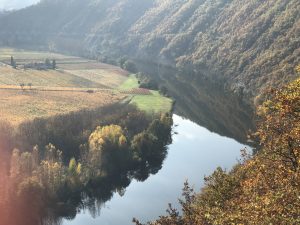
The other example that can be useful to illustrate this is the bow and the arrow. The bow has to be put under high tension in order to shoot the arrow. The greater that energy in bow is, the further the arrow will go. But the point I would like to make is that this is a very calm (in a way serene) energy. And not an erratic one. If it was erratic, the arrow would probably not go very far and would certainly not go in a precise direction.
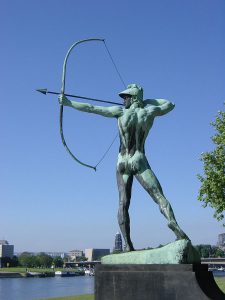
I believe that we can transpose these examples to the way leaders can manage stress. Leadership is expected to provide direction through a high level of calm energy which is comparable to the river bed or to the bow. That is very different to the lake with the erratic waves.

Think of that serenity under high tension that Heraclites is describing through his examples. It is the combination of energy and calm tension that allows going far and defiantly providing direction. In the case of leadership, that means of course direction to the teams and direction to the organization.
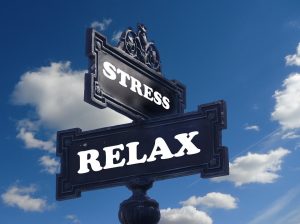
More information in my book:
Sven Sommerlatte : Successful Career Strategy – An HR Practitioner’s Guide to Reach Your Dream Job (Springer, June 2023). ISBN: 978-3-662-66790-3
